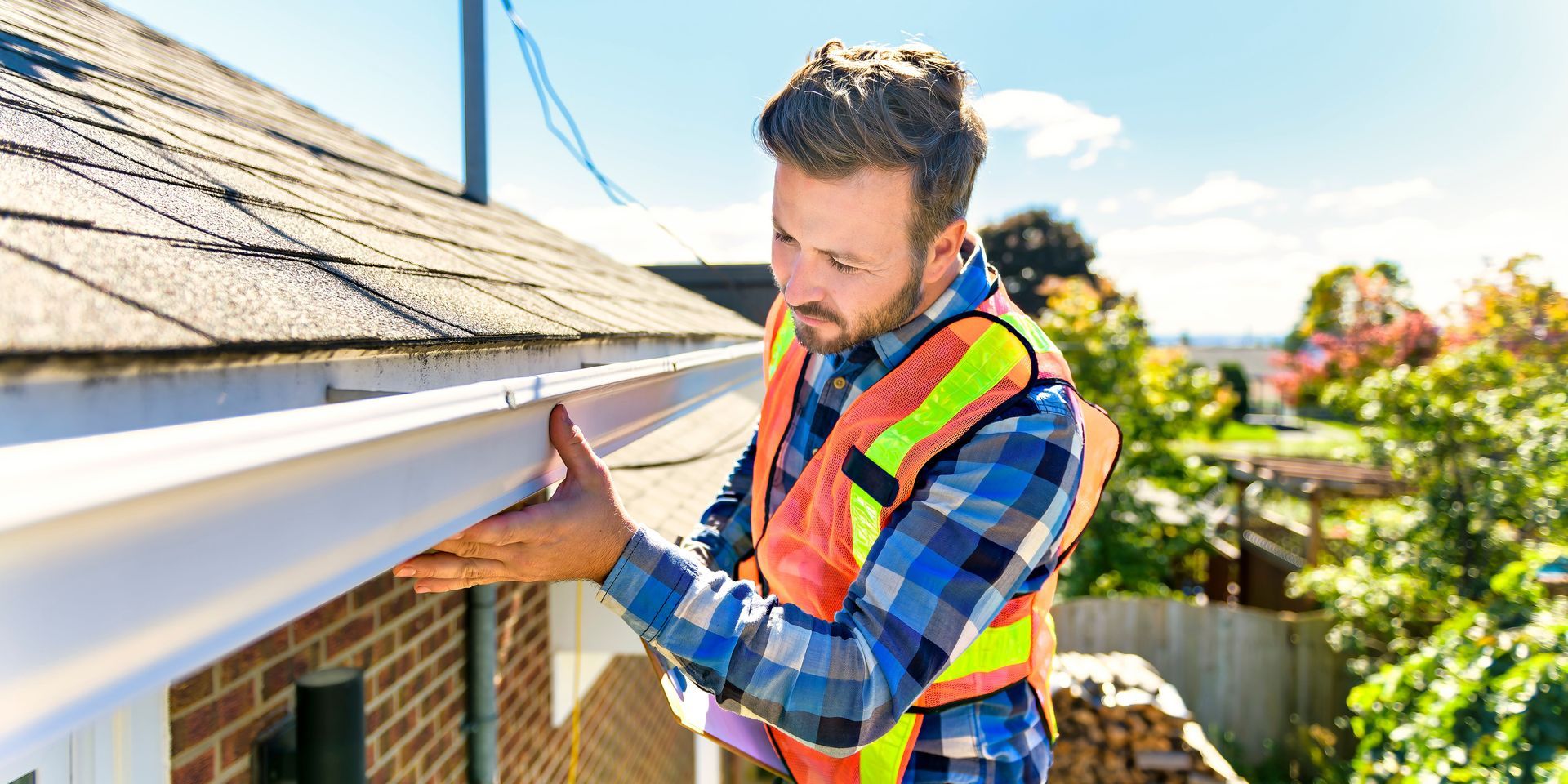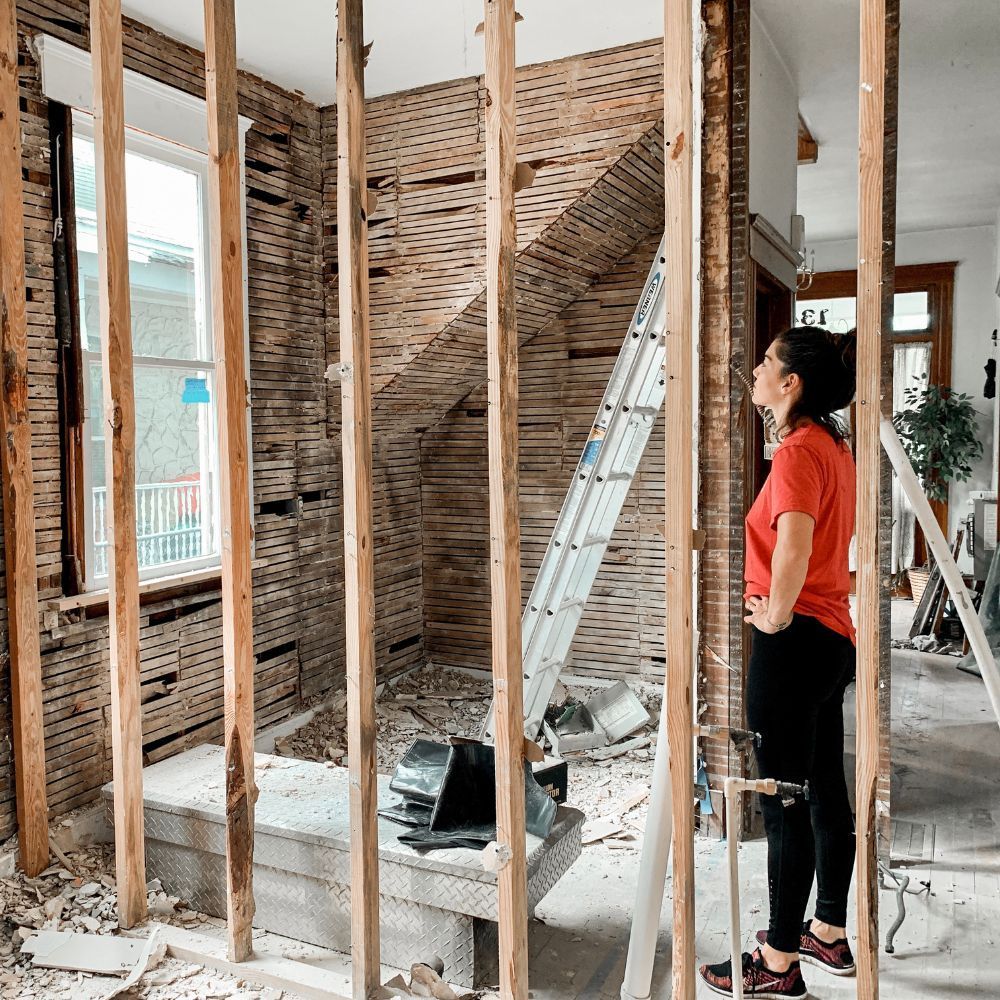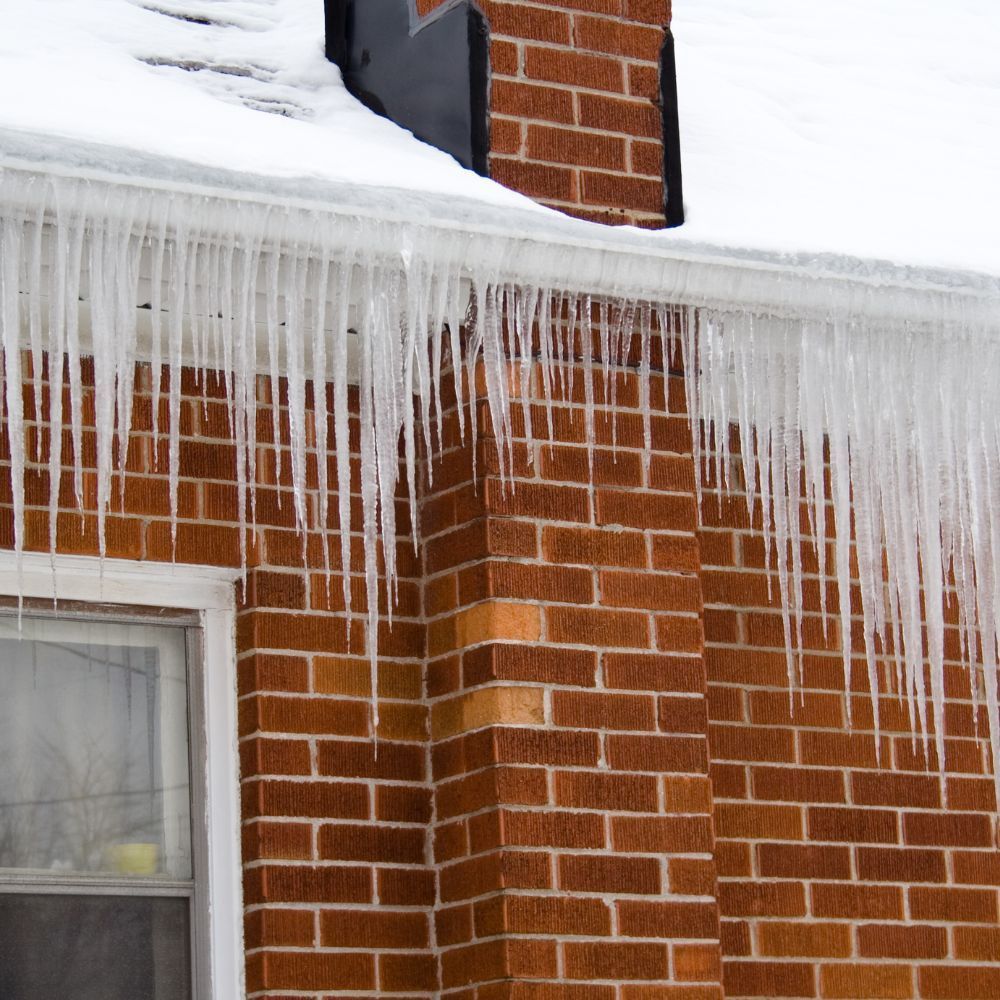Do You Really Need a Survey for a New Build?
Why even brand-new homes can come with unexpected issues
There is a common belief that if you are buying a new build, you can skip the survey. After all, it is brand new, never lived in, and built to current regulations—so what could possibly go wrong? The truth is, new homes are not immune to defects, and many buyers are surprised by what turns up during a snagging inspection.
Just because a home is newly built does not mean that it is perfect. In fact, some of the most common issues are hidden from plain sight, and without a survey, they can go unnoticed until much later. That is why it is worth taking a closer look before you sign on the dotted line.
What Is a Snagging Survey?

A snagging survey is designed specifically for new builds. It checks for problems or defects that may have occurred during construction, including anything that does not meet the agreed standards or finish.
This might include:
- Poor paintwork or plastering
- Ill-fitting doors and windows
- Uneven floors or gaps in skirting boards
- Faulty fixtures, such as radiators or sockets.
- Insulation or ventilation problems
While many of these may seem cosmetic, they can affect how the home functions and may cost money to put right if missed.
Why It Matters

New homes come with a warranty, but that does not mean every fault will be picked up or fixed automatically. Developers may ask for proof that something is a defect rather than general wear or tear. A snagging report gives you that evidence.
- Most snagging problems are quicker and less disruptive to resolve before you have moved in.
- A written report gives you a clear list of what the builder needs to address
- It can help avoid disputes with the developer later on
- It offers peace of mind during what is often a stressful process
In some cases, a survey can also flag more serious concerns, like dampness, drainage issues or poor compliance with building regulations.
What a Survey Checks (Beyond the Obvious)

A professional snagging survey doesn’t just point out the wonky shelf or paint drips. It also takes a deeper look at the structure and quality of the build.
- Rooflines and brickwork
- Plumbing and heating systems
- External drainage and water flow
- Signs of settlement or movement in the structure
- Health and safety compliance
While your home may pass a basic handover check with the developer, this does not always include the level of detail that an independent surveyor will provide.
A Small Step That Can Save You Trouble
Buying a new build is a big investment, and like any property, it deserves a proper inspection. A snagging survey gives you a clear, impartial view of the condition of the property and protects your interests during the final stages of the purchase.
To find out more about snagging surveys or to arrange a visit, visit
www.nickcobbsurveyors.co.uk. It is a simple way to make sure your brand-new home lives up to expectations.










